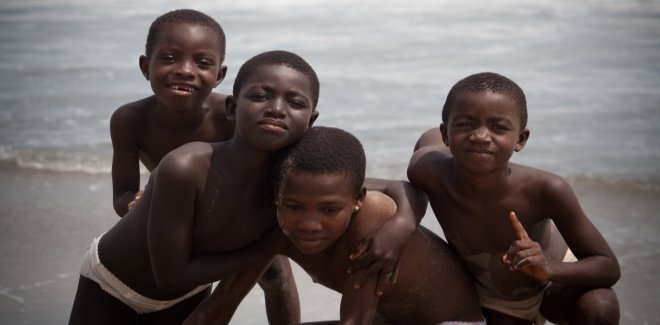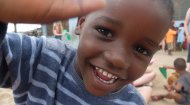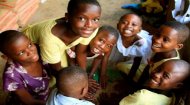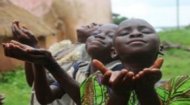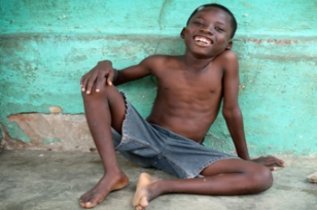
|
Children in Ghana |
Children in Ghana |
Children in Ghana | Children in Ghana |
|
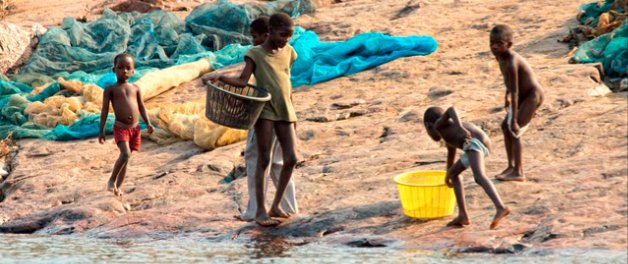
|
For older children and adults, washing areas are usually wooden structures erected outside the house (to the armpit or shoulder level) and a piece of cloth used as screens during bathing. The houses themselves in rural areas are constructed using the wattle and daub wall (horizontal and vertical wooden frames daubed in mud) process, the Atakpame wall (a technique used by the Ewe ethnic group), or walls made from sundried bricks. The World Health Organisation (WHO) and UNICEF Joint Monitoring Programme (JMP) stated that in 2021, 81% of the Ghanaian population had access to basic water services, which is a significant improvement over the past period, but the target of universal safe water access is unlikely to be met in the foreseeable future. Although generally in children in Ghana are treasured within society, with parents and the wider family doing all they can to ensure the child grows up happily, child trafficking still exists with many taken from their home villages to work in the fishing industry. In the 1960s the hydroelectrci Akosombo Dam was built creating one of the world's largest artificial lakes in the Volta River Basin, Lake Volta, however overfishing has led to a depeltion of stocks and cheap labour is required by the fishermen not only to keep their costs down but because the fingers of young children are best placed to release the fish from the ever decreasing size of the nets. Such practices are widespread in Ghana because many traditional families believe learning how to fish is more important for children than a wasted education. Others, as they grow up, will engage in the agriculture sector (increasingly harsh in the dry savannah north of the country, where poor rainfalls are leading to frequent poor harvests) and, to a much lesser extent industry, including mining, lumbering, light manufacturing, aluminum smelting, food processing, cement, small commercial ship building and the growing petroleum sector. As in many other developing nations, there is also a burgeoning services sector; however, this has gone hand in hand with a large wealth disparity with the wealthiest 10% of Ghanaians now sharing 32% of the country's total consumption with the very poorest 10% of the population consuming only 2%. Children in Ghana speak around fifty indigenous languages, with the most widespread being Akan, although English is the official language spoken by at least half the population and school lessons are taught in English. Local languages are widely used in elementary school. Education is currently divided into six years of elementary education, then three years of junior secondary education, which together are termed 'basic education' and are both compulsory and free. Following this are three years of non-compulsory senior secondary education, which is also free since 2017 under the 'Free Senior High School' (Free SHS) education policy introduced by the country's President. Successful candidates can then attend four-year university programs. In reality, despite considerable investment in education for children in Ghana, there is still a low enrollment rate for girls in particular and an inadequate supply of trained and qualified teachers, which, together with large class sizes in under-resourced buildings with poor sanitation provision, results in poor academic outcomes and relatively high drop-out rates after compulsory education, although still higher than neighbouring countries. The video (above) gives some insights into children's lives in Ghana followed by details of projects and programs working with children and young people you may wish to support. |
